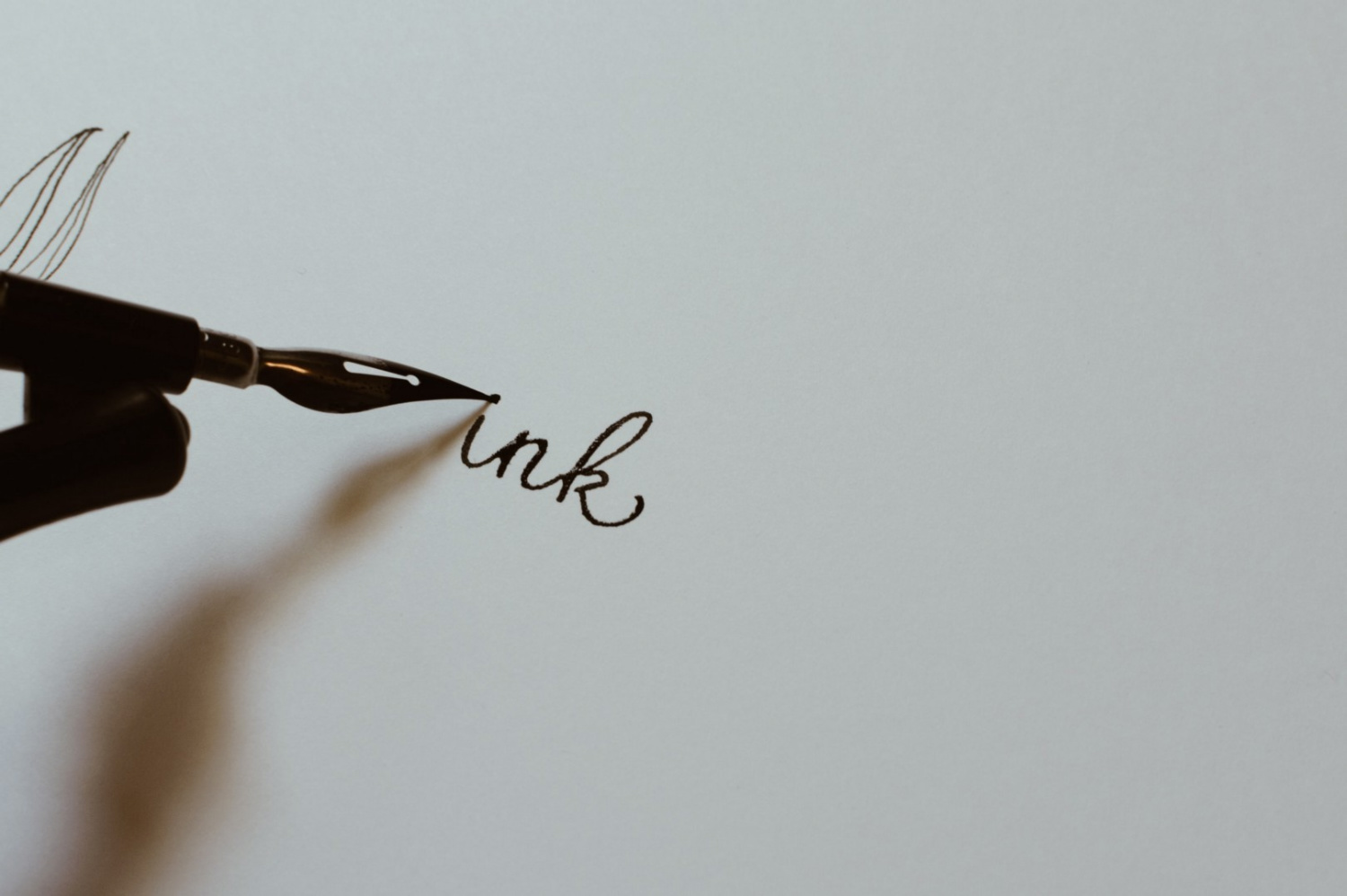Below, you’ll find a brief explanation of Narrative Devices – one of the most important devices when we’re talking about advanced descriptive writing techniques.
Thanks for reading! If you’re interested in our other English Language and Literature courses, you can find them on the links below:
All English Language and Literature courses
Stream of consciousness
- A narrative writing style that tries to capture natural thought processes, with a rambling, emotional tone and sometimes incoherent feeling.
E.g. “And why bother?” I thought, “sometimes I have so much sadness in my heart that it just tips out of my eyes and spills into the world, and I guess other people must start to see it and feel it too, because I suddenly notice downturned faces and tear-brimmed glances wherever I go.”
E.g. There’s a little toy shop we used to visit when I was young; I walked past it the other day and the same old man, the tiny, shy hunched one with giant misty glasses, was sitting in his same chair making puppets, like he always used to do. I couldn’t help but pop in. Sawdust, sandalwood, the whirring, chiming grandfather clock, walls criss-crossed with pulleys and levers, model trains chuffing away on ceiling tracks… it was all exactly the same.
Pathetic Fallacy
- When the weather reflects the mood of the description/narrative.
E.g. Clouds swirled and swelled and darkened overhead; I knew we were in for a rough night.
E.g. The bright sun beat down on the sandy beach. People spread out languidly on stripy towels underneath it, soaking up rays; their eyes closed blissfully, contented smiles on their faces.
Motif
- A recurring symbolic object, sound, setting or image that has a particular importance within a story.
E.g. There it was again, a single white rose someone had placed silently on my doorstep.
E.g. The light at her window came on every night, at ten o’clock sharp. I used to stare up at it, hoping to catch a glimpse of her silhouette.
Free Indirect Discourse
- Where the characters’ thoughts and feelings come across in the prose rather than dialogue or direct description.
E.g. She put down her pen and thought for a minute. How was she ever going to write him a decent letter, one that really expressed what she wanted to say? It was a pointless task.
E.g. Jim walked out of the classroom calmly, but as soon as the door shut behind him he started to run. The teacher was a no good liar, and she knew it! What’s more, she knew he’d figured it out. There must be evidence of the truth here somewhere, he just needed to find it in time.
Archetypal Characterisation
- Using characters that people are already familiar with from their knowledge of other stories.
E.g. The great fat ogre glared at us, his weepy, dull eyes squinting in anger.
E.g. Her sharp black nails complemented the straight black hair and dark lipstick, which were all offset against her pure white complexion. Her eyes were the darkest of all, and they looked haughtily around the room, full of malice.
Advanced Writing Techniques – Poetic and Rhetorical Devices
Find an in-depth explanation of Narrative Devices in the video below:












